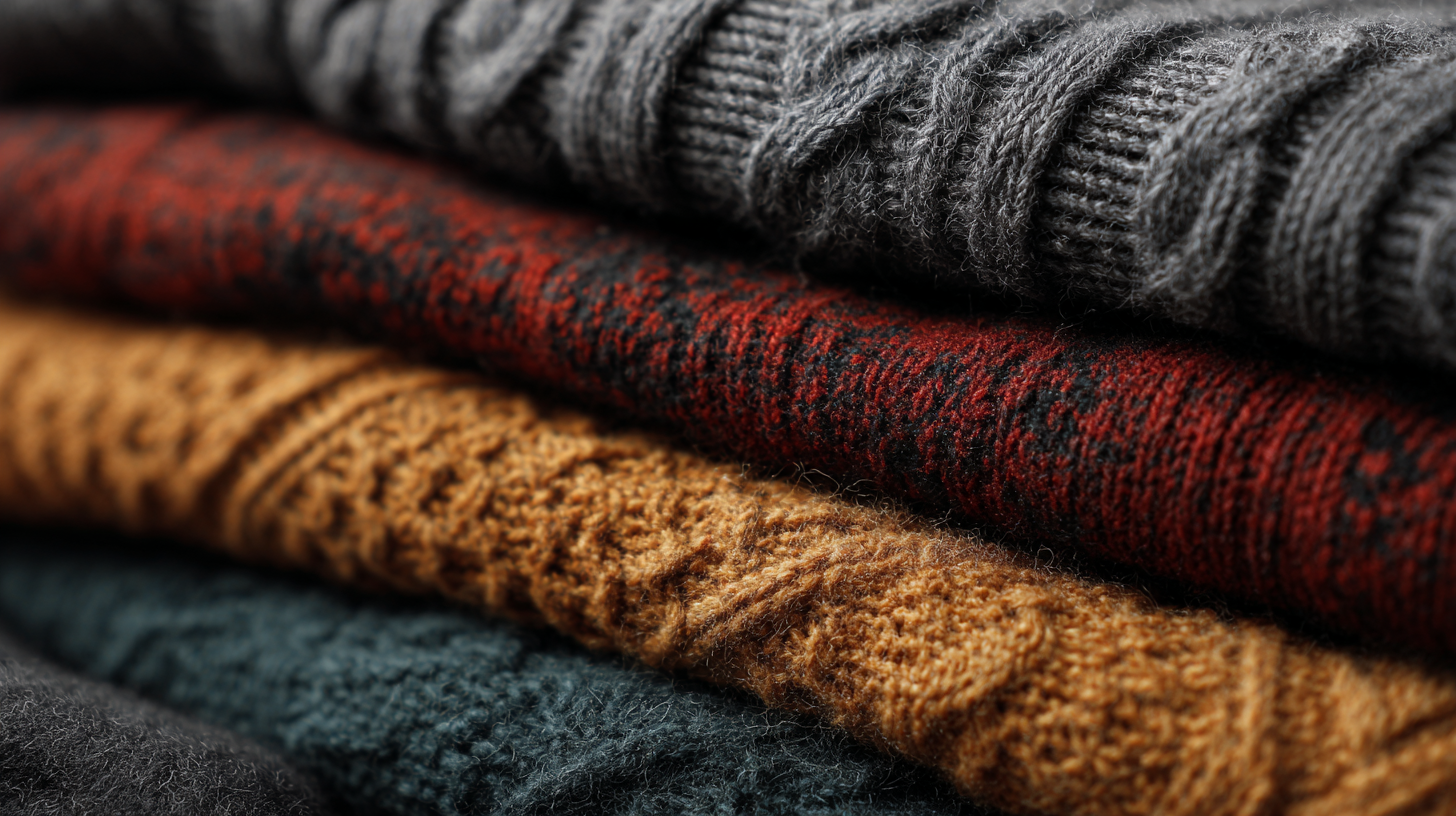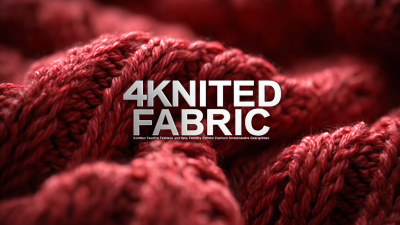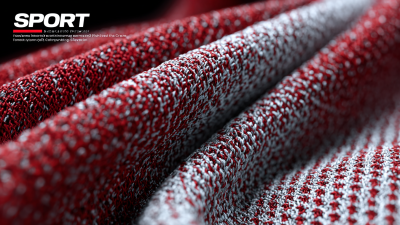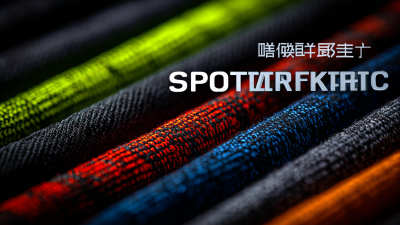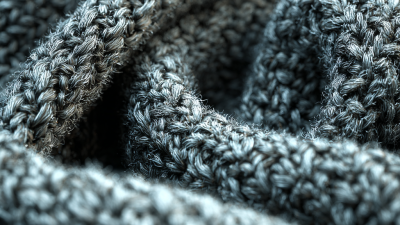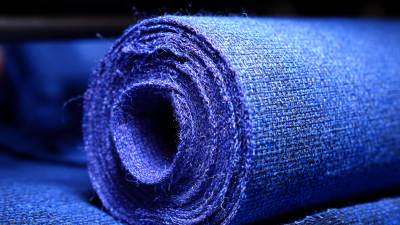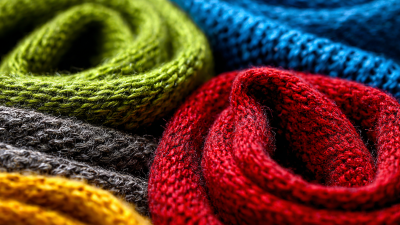Selecting the right Fashion Knitted Fabric for your next project is crucial not only for the aesthetic appeal but also for the functionality and comfort of the finished product. According to a recent report by the Textile World, the global market for knitted fabrics is expected to reach over $30 billion by 2025, highlighting a growing demand for innovative and versatile textiles in the fashion industry. With the increasing popularity of sustainable and eco-friendly materials, understanding the various types of knitted fabrics available—ranging from lightweight jersey to thicker interlocks—can significantly impact the success of your designs. Whether you are creating casual wear, activewear, or elegant garments, the right fabric choice is essential to enhance the overall quality and appeal, making informed selections paramount for any fashion project.
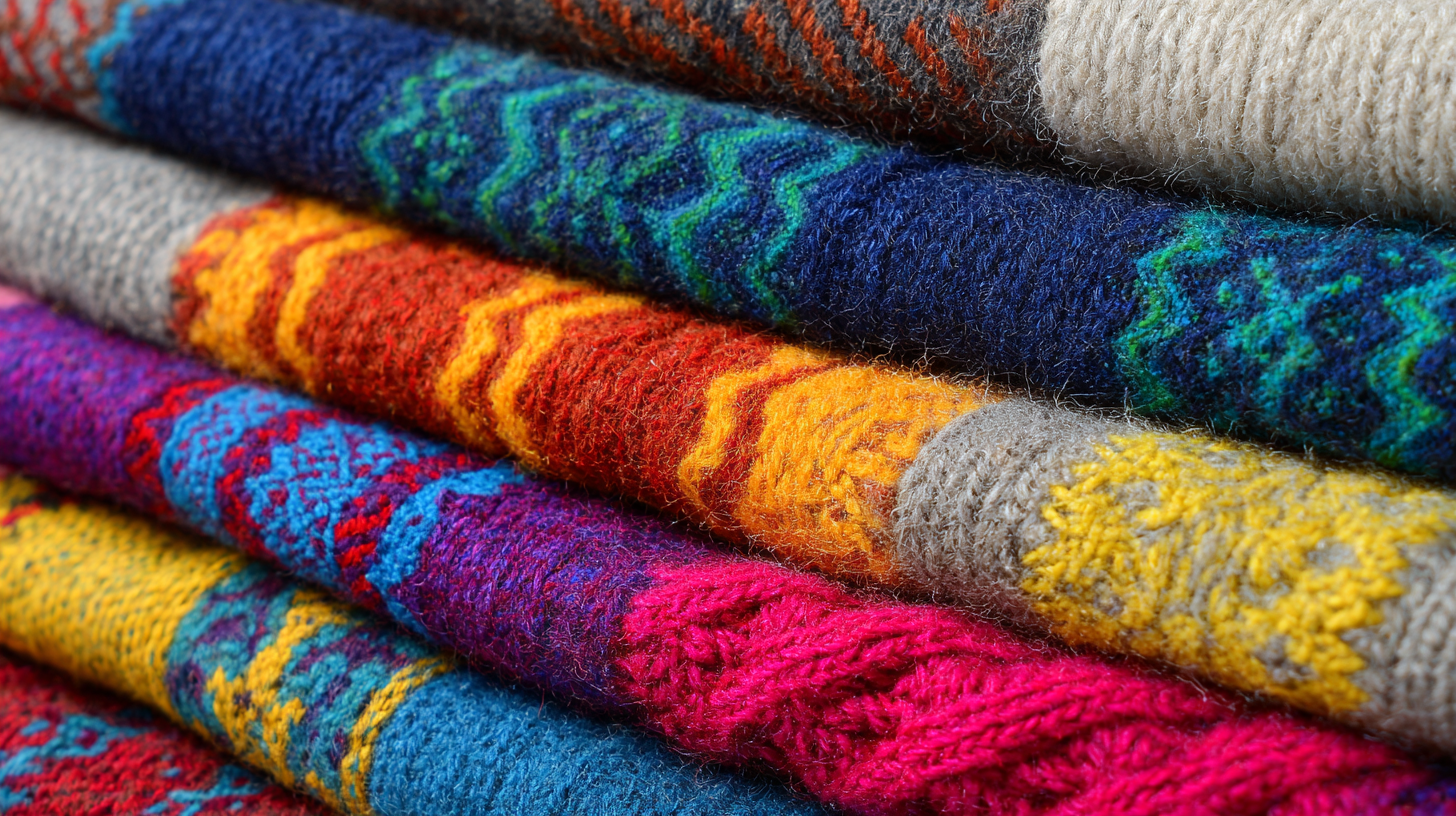
When selecting knitted fabrics for fashion projects, understanding the composition and characteristics of various types is crucial. Knitted fabrics are primarily categorized into warp and weft knits, each presenting unique attributes.
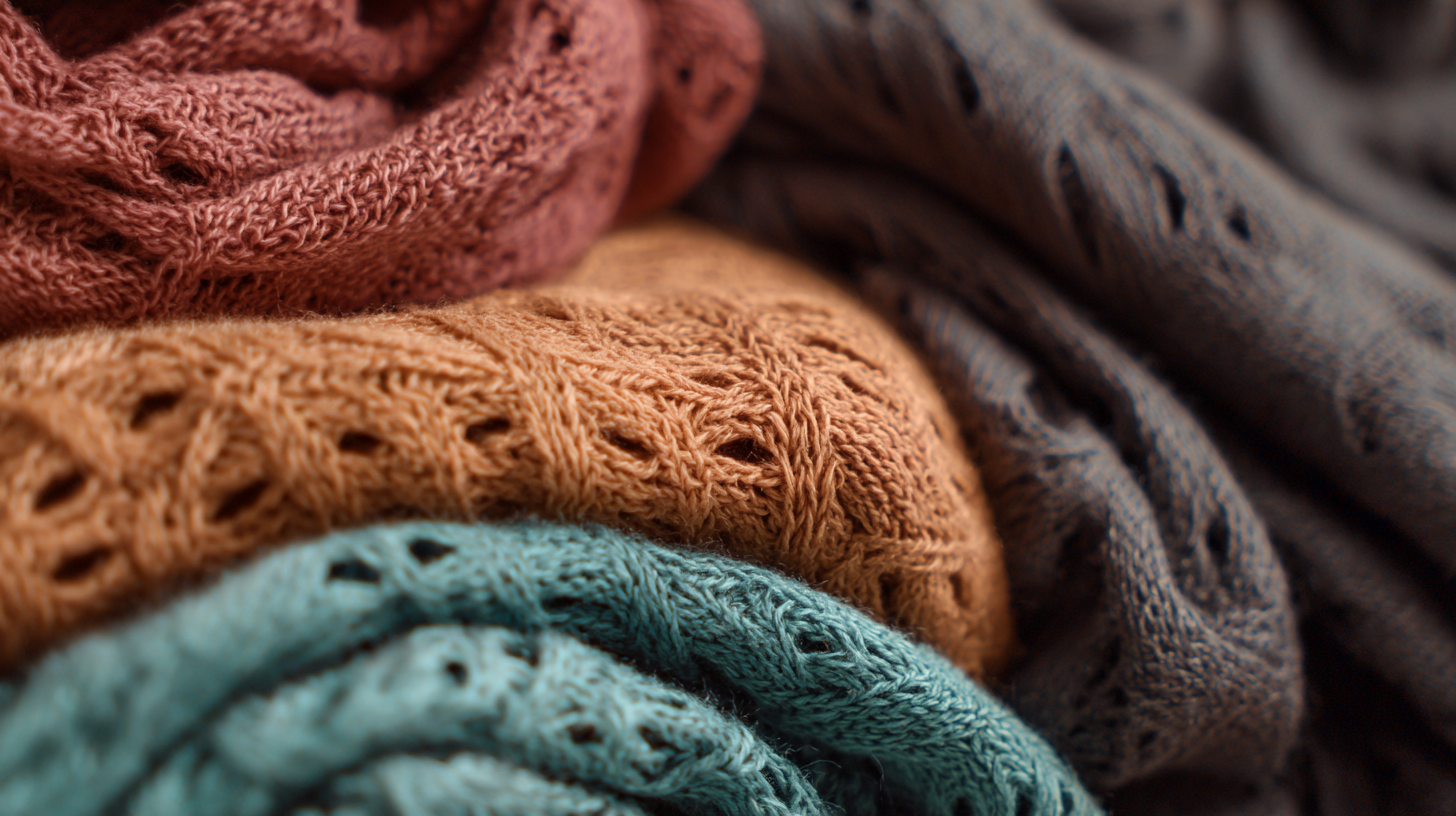 Warp knits, formed by yarns zigzagging vertically, provide added stability and are ideal for items requiring more structure, such as activewear. According to the Industrial Fabrics Association International (IFAI), warp knits constitute about 30% of the knitted fabric market, showcasing their popularity in performance apparel due to their durability and resistance to wear.
Warp knits, formed by yarns zigzagging vertically, provide added stability and are ideal for items requiring more structure, such as activewear. According to the Industrial Fabrics Association International (IFAI), warp knits constitute about 30% of the knitted fabric market, showcasing their popularity in performance apparel due to their durability and resistance to wear.
On the other hand, weft knits, created by horizontal loops, are more versatile and often used in casual wear and garments needing stretch. They are known for their elasticity, making them suitable for a range of clothing, from cozy sweaters to fitted dresses. A report from TechNavio indicates that the demand for weft-knitted fabrics is projected to grow significantly, driven by the rising preference for comfortable and flexible clothing options. Recognizing these essential fabric types and their distinct properties can help designers make informed choices to elevate their creative endeavors.
When it comes to selecting the right knitted fabric for a fashion project, understanding fabric weight and stretch is crucial. Fabric weight, typically measured in grams per square meter (GSM), influences not only the drape and feel of the garment but also its suitability for different types of clothing. Lighter fabrics, such as jersey, are ideal for casual wear and layering pieces, while heavier knits, like ponte or ribbed fabric, provide structure for tailored garments. Designers must consider the end use; for example, a flowing summer dress would benefit from a lightweight fabric to enhance breathability and comfort.
Stretch is another vital factor to evaluate when choosing knitted fabric. Different types of knits offer varying degrees of elasticity – from the inherent stretch of a spandex blend to the more limited give of a cotton knit. Understanding the intended fit of the garment will guide the choice of fabric stretch. For fitted styles, such as bodycon dresses, a fabric with significant stretch is necessary to maintain shape and comfort. In contrast, structured pieces may require less stretch to retain their form. Ultimately, a careful balancing of fabric weight and stretch will lead to successful design outcomes that not only look great but also feel fantastic to wear.
| Fabric Type | Weight (g/m²) | Stretch (%) | Best Use |
|---|---|---|---|
| Cotton Knit | 160 | 20 | T-shirts, Dresses |
| Wool Blend Knit | 190 | 30 | Sweaters, Cardigans |
| Polyester Spandex | 220 | 40 | Activewear, Leggings |
| Jersey Knit | 140 | 25 | Casual Wear |
| Ribbed Knit | 180 | 40 | Sleeve Cuffs, Hems |
When selecting fashion knitted fabrics for your next project, understanding the fiber content is crucial as it directly affects durability and care requirements. Natural fibers like cotton and wool are known for their breathability and softness, making them ideal for comfortable garments. However, they can be less durable over time, particularly if exposed to frequent wash cycles. In contrast, synthetic fibers such as polyester and nylon offer enhanced durability and resistance to wrinkling and fading, which may be more suitable for activewear or items subject to rigorous use.
Tips: When choosing fiber content, consider the end-use of your project. For everyday wear, a blend of cotton and polyester can provide the perfect balance between comfort and durability. Additionally, always check care labels; fabrics that require special washing care might not be practical for busy lifestyles.
Another factor to consider is how the fiber affects the drape and stretch of the fabric. Natural fibers tend to have a more relaxed drape, useful for flowing garments, while synthetics are often engineered for greater elasticity, making them perfect for fitted designs.
Tips: Test fabric swatches to see how different fibers behave. Look for a stretch recovery in knitted fabrics, especially if your design involves movement or fitted shapes. Understanding these traits will guide you in making informed choices for your fashion project.
Sustainability has become a paramount consideration in the fashion industry, particularly in the realm of knitted fabrics. Consumers are increasingly seeking materials that not only elevate their style but also align with their values of environmental responsibility. This shift is driven by a growing awareness of the ecological footprint of traditional textile manufacturing processes, prompting brands to innovate and develop sustainable options. Fabrics made from organic fibers, recycled materials, and biodegradable substances are now at the forefront of fashion trends, allowing designers to create stylish pieces without compromising on their commitment to the planet.
Moreover, the rise of ethical fashion has led to a significant change in consumer preferences. Shoppers are now more inclined to support brands that demonstrate transparency in their supply chains and embrace sustainable practices. This includes sourcing yarns that minimize water usage and energy consumption. As brands adopt eco-friendly practices, they are cultivating a loyal customer base that values both aesthetic appeal and environmental consciousness. The evolution in consumer preferences toward sustainable knitted fabrics highlights an exciting transition in the fashion industry, paving the way for innovative designs that harmonize style with sustainability.
When embarking on a fashion project, understanding the cost implications of knitted fabrics is essential for creating quality garments without exceeding your budget. According to a report by the Textile Exchange, sustainable materials are gaining traction, with a 27% increase in demand over the past two years. This shift indicates that while sustainable knitted fabrics may come at a premium initially, they can lead to cost savings in the long term due to their durability and reduced environmental impact.
In budgeting for knitted materials, consider the price per yard of high-quality fabrics, which can range from $5 to $30 depending on the material composition and supplier. Research by Statista reveals that the global market for knitted textiles is projected to reach $257 billion by 2025, emphasizing the significance of investing in quality. Allocating a portion of your budget specifically for premium knitted fabrics might enhance your project's overall success, allowing for both aesthetic appeal and longevity in the final product.
